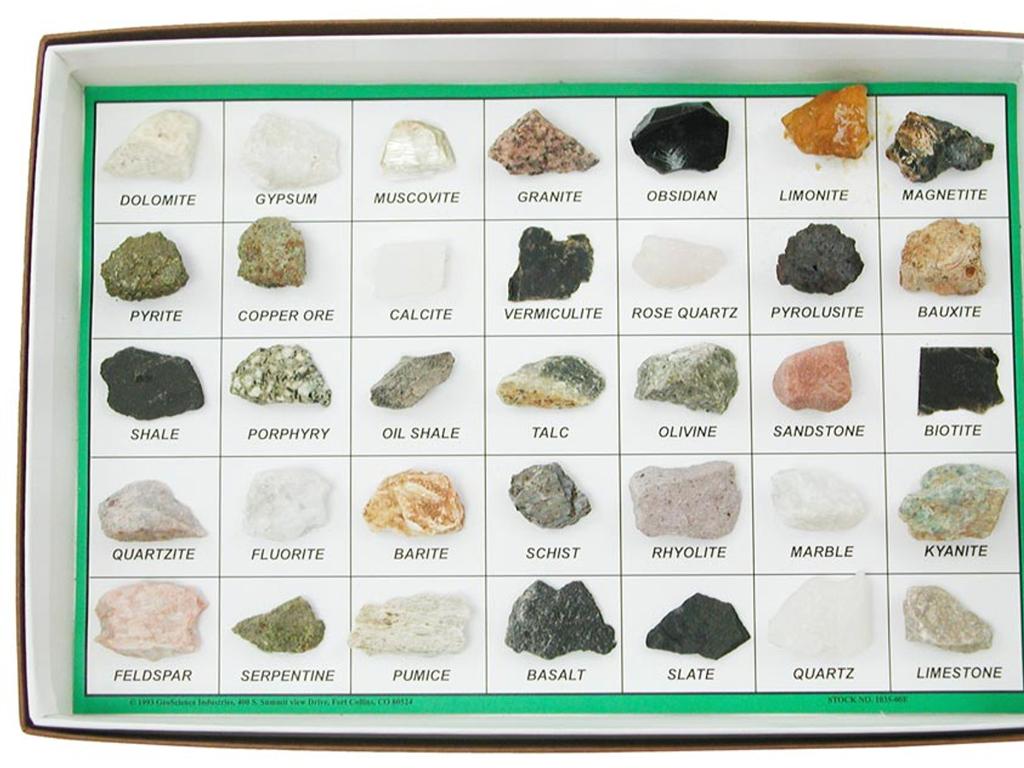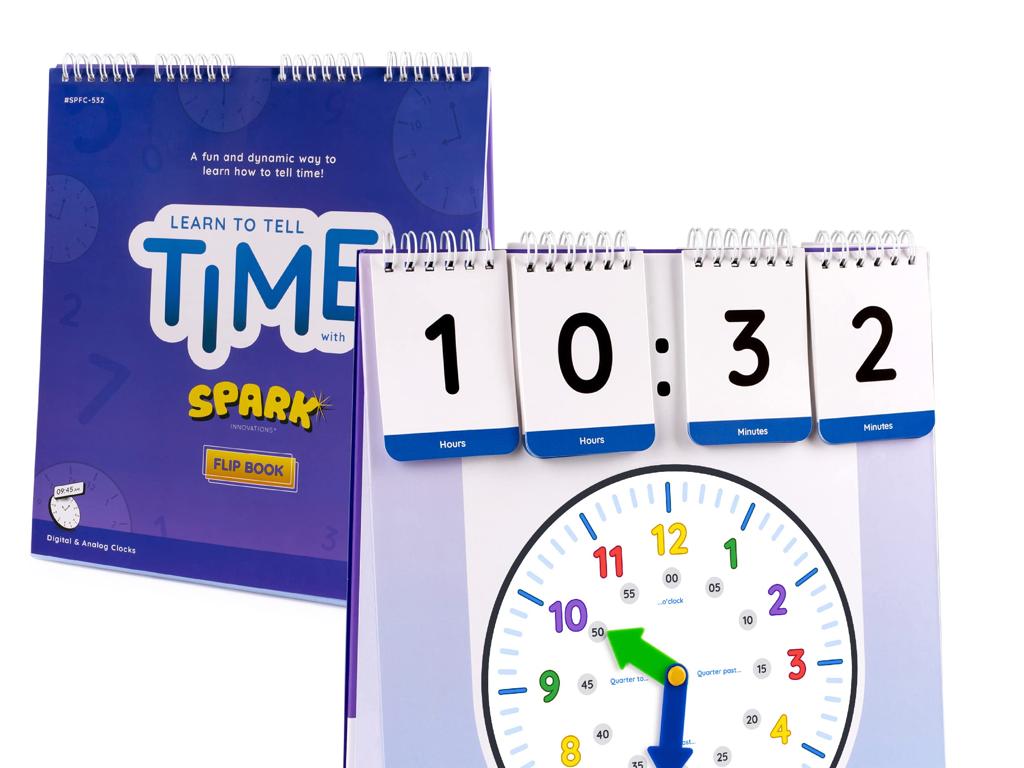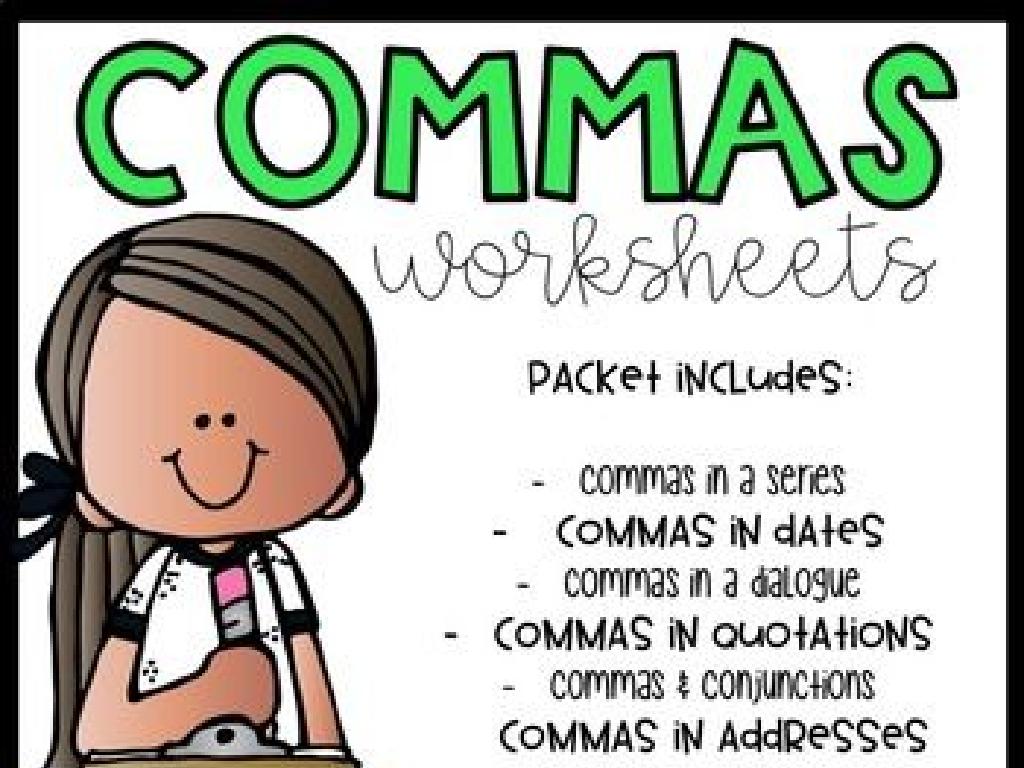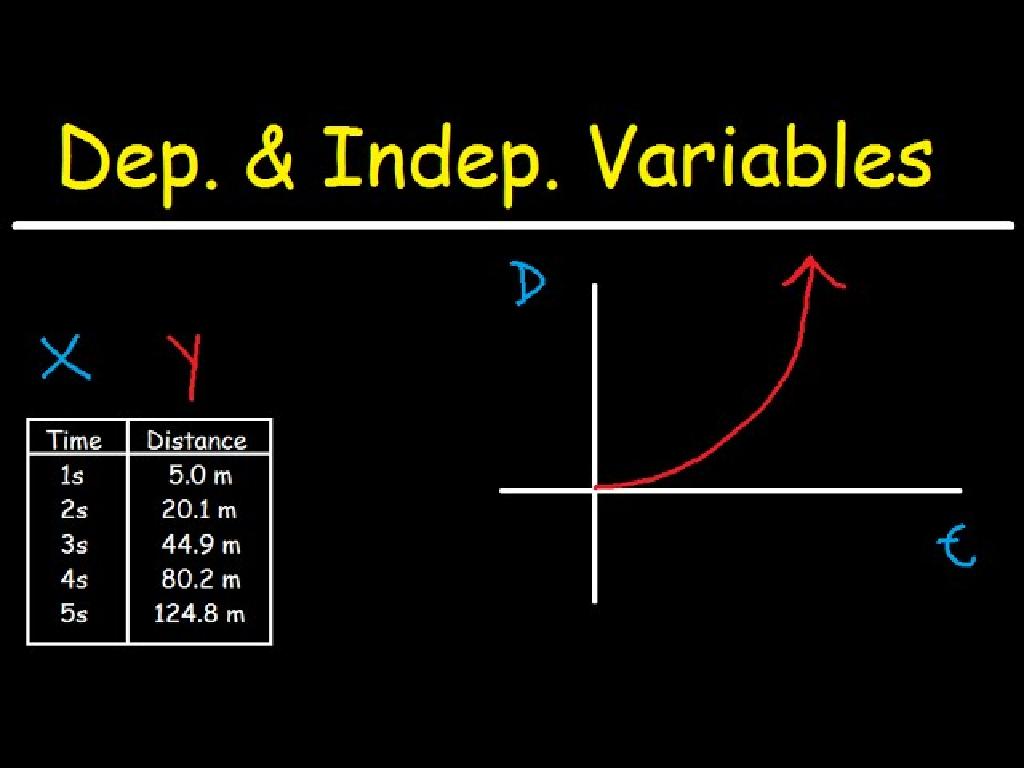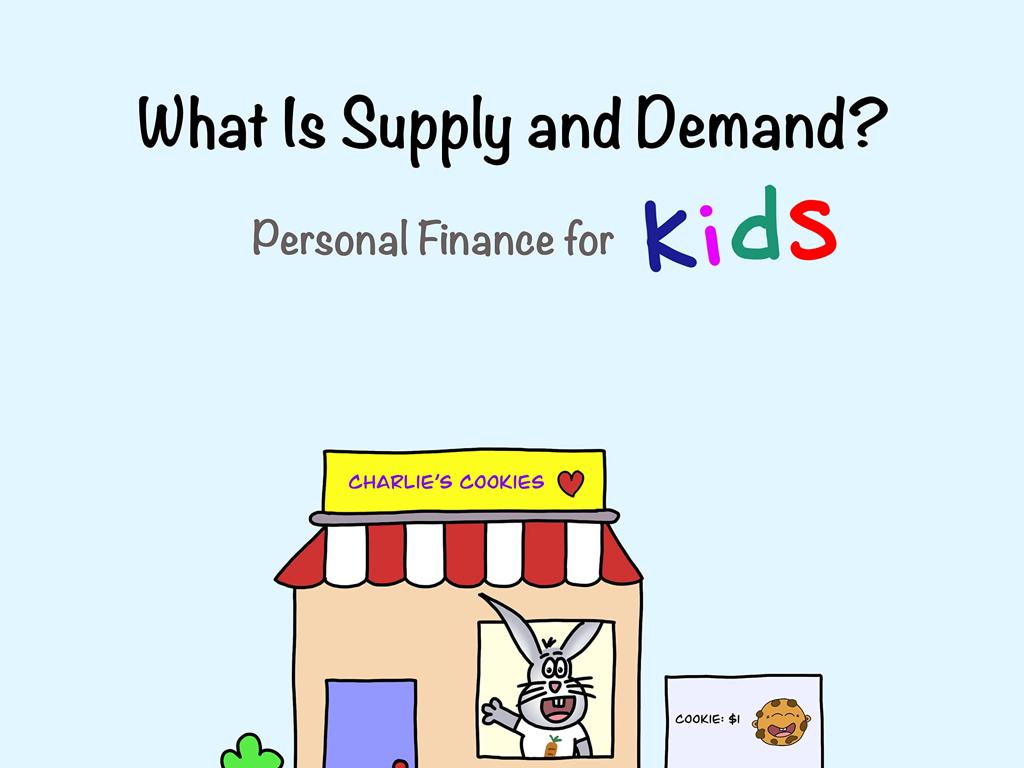Select Oceans And Continents
Subject: Social studies
Grade: Third grade
Topic: Geography
Please LOG IN to download the presentation. Access is available to registered users only.
View More Content
Today’s Adventure: Oceans and Continents!
– Our planet has 7 continents
– Like North America, where we live!
– Oceans cover most of Earth
– The Pacific Ocean is the largest
– Continents are huge landmasses
– Asia is the biggest continent
– Oceans are vast bodies of water
|
This slide introduces the basic concepts of geography related to oceans and continents. It’s important to convey that continents are the Earth’s largest areas of land, where we find countries, cities, and people living. There are seven continents, and each has unique features and climates. Oceans are even larger than continents and cover about 71% of the Earth’s surface. They are home to many marine species and are crucial for global weather patterns. Use a globe or a world map to help students visualize where the continents and oceans are located. Encourage them to think about the continent they live on and the closest ocean to them. This will help them connect the lesson to their own lives.
Exploring Our World: The Continents
– What is a continent?
– A large, continuous mass of land on Earth.
– The Seven Continents
– Asia, Africa, North America, South America, Antarctica, Europe, and Australia.
– Locating Continents on a Globe
– Use a globe or map to find where each continent is.
– Learning Continent Facts
– We’ll discover fun facts about each one!
|
This slide introduces the concept of continents to third-grade students. Begin with a simple definition of a continent as a large, continuous mass of land. Highlight the seven continents, naming each one and showing their location on a classroom globe or map. Encourage students to find each continent on the globe and consider using color-coded labels or stickers to help them remember. Share interesting facts about each continent, such as the size, population, or unique animals found there, to spark curiosity and engagement. This will set the foundation for further exploration of geography and the diverse world we live in.
Exploring the Continents
– Overview of each continent
– There are 7 continents, each with its own landscapes and cultures.
– Unique facts about continents
– Did you know Asia is the largest continent, and Australia is also called ‘Oceania’?
– Identifying our continent
– We live in North America, home to the USA, Canada, and Mexico.
– Understanding continents’ locations
|
This slide aims to introduce students to the seven continents of the world, highlighting unique characteristics and facts about each one. Start by showing the students a map of the world and pointing out each continent. Discuss the size, population, and some of the diverse landscapes and cultures found on each continent. Share interesting facts, such as Asia being the largest continent and Antarctica being the coldest. Help students identify North America on the map and explain that it is the continent where they live. Encourage them to think about the relative locations of the continents to each other and to their own location. This will help them develop a sense of place within the global community.
Exploring Our Oceans
– What exactly is an ocean?
– A vast body of saltwater covering Earth
– The Earth’s five oceans
– Pacific, Atlantic, Indian, Southern, Arctic
– Comparing ocean sizes
– Pacific is the largest, Arctic is the smallest
– Depths of the oceans
– The Pacific has the deepest point, the Mariana Trench
|
This slide introduces students to the basic concept of oceans and their significance on Earth. Begin with the definition of an ocean, emphasizing that it’s a large body of saltwater. Then, list the five oceans, from the largest to the smallest, and show their locations on a globe or map if possible. Discuss the size differences, highlighting that the Pacific Ocean is the biggest. Lastly, touch on the depth aspect, mentioning the Mariana Trench as the deepest part of the world’s oceans. Encourage students to think about why oceans are important for the planet and how they affect weather and climate. This will set the foundation for further exploration of marine life and oceanography.
Exploring the Oceans
– Discover the five oceans
– Pacific, Atlantic, Indian, Southern, Arctic
– Creatures of the ocean depths
– From colorful fish to mysterious squids
– Oceans’ role in Earth’s ecosystem
– Regulate climate, provide oxygen
– Protecting our oceanic treasures
|
This slide aims to introduce students to the vastness and diversity of the world’s oceans. Start by naming and locating the five oceans on a globe or map. Discuss the unique creatures found in each ocean, highlighting the biodiversity and the adaptations that allow them to survive in their habitats. Emphasize the critical role oceans play in supporting life on Earth by regulating climate and producing oxygen. Conclude with a brief discussion on the importance of conservation efforts to protect our oceans from pollution and overfishing. Encourage students to think about ways they can help preserve these vital ecosystems.
Exploring Earth: Continents and Oceans
– Earth’s geography layout
– Earth is made up of 7 continents and 5 oceans.
– Influence on climate and weather
– Oceans and continents can affect temperatures and rainfall.
– Hemisphere introduction
– Earth is divided into halves called hemispheres.
– Activity: Find your hemisphere
|
This slide introduces students to the basic arrangement of continents and oceans on Earth and how they interact with each other to affect climate and weather patterns. It also explains the concept of hemispheres, which is essential for understanding global geography. The activity encourages students to locate which hemisphere they live in, using a globe or map. This will help them to connect the concept to their own lives and understand the relevance of hemispheres in terms of weather, time zones, and more. Make sure to explain that the equator and prime meridian are the reference lines used to define the hemispheres.
Exploring Our World: Continents & Oceans
– Discover fun geography facts
– Asia is the largest continent; Pacific Ocean is the biggest ocean.
– Interactive ‘Find the Continent’ game
– Use a world map to locate and learn about each continent.
– ‘Name That Ocean’ challenge
– Can you identify the oceans on a globe? Let’s test your skills!
– Share facts with classmates
|
This slide is designed to make learning about geography fun and engaging for third graders. Start with sharing interesting facts, such as Asia being the largest continent and the Pacific Ocean being the largest ocean. Then, move on to the interactive game where students find continents on a map, fostering their spatial awareness. Follow up with a challenge where they identify oceans, reinforcing their knowledge. Encourage students to share any fun facts they know about continents and oceans to promote class participation. The activities should be hands-on to help students remember the information better. For the teacher: Prepare a colorful world map and a globe for the activities. Consider small prizes for correct answers to motivate participation.
Class Activity: Create Your World Map!
– Draw the seven continents
– Label each continent correctly
Continents include Africa, Antarctica, Asia, Australia, Europe, North America, and South America.
– Mark the five oceans
Oceans are the Pacific, Atlantic, Indian, Southern, and Arctic.
– Share your map with the class
|
This activity is designed to help students visually understand the geography of our planet. Provide each student with a large sheet of paper and colored pencils or markers. Start by guiding them to draw the outline of the seven continents, then have them label each one, reinforcing spelling and recognition. Next, instruct them to mark the locations of the five oceans. Once completed, allow students to share their maps with the class to foster a sense of accomplishment and to encourage peer learning. Possible variations of the activity could include using different colors for each continent/ocean, adding major rivers and mountain ranges, or even marking where they live on the map.
Conclusion and Review: Our World’s Geography
– Recap of oceans and continents
– We explored the 7 continents and 5 oceans
– Q&A: Share what you’ve learned
– Ask any questions about today’s lesson
– Homework: Color a world map
– Use colors to identify each continent and ocean
– Bring your map next class!
|
As we wrap up today’s lesson on oceans and continents, take a moment to review the main points. Encourage students to ask questions to clarify their understanding. For homework, they should color a world map, using different colors for each continent and ocean, which will help reinforce their knowledge. Make sure they know to bring their colored maps to the next class for discussion. This activity will not only solidify their learning but also allow them to engage creatively with the material.

